9 ways digital document checking beats manual checking
(Every time)
When you need to check an identity document is genuine, valid and honestly represents the customer you’re dealing with, there’s no substitute for digital document checking.
From more-accurate results to a faster turnaround, here’s why manual checking simply doesn’t measure up to its digital counterpart.
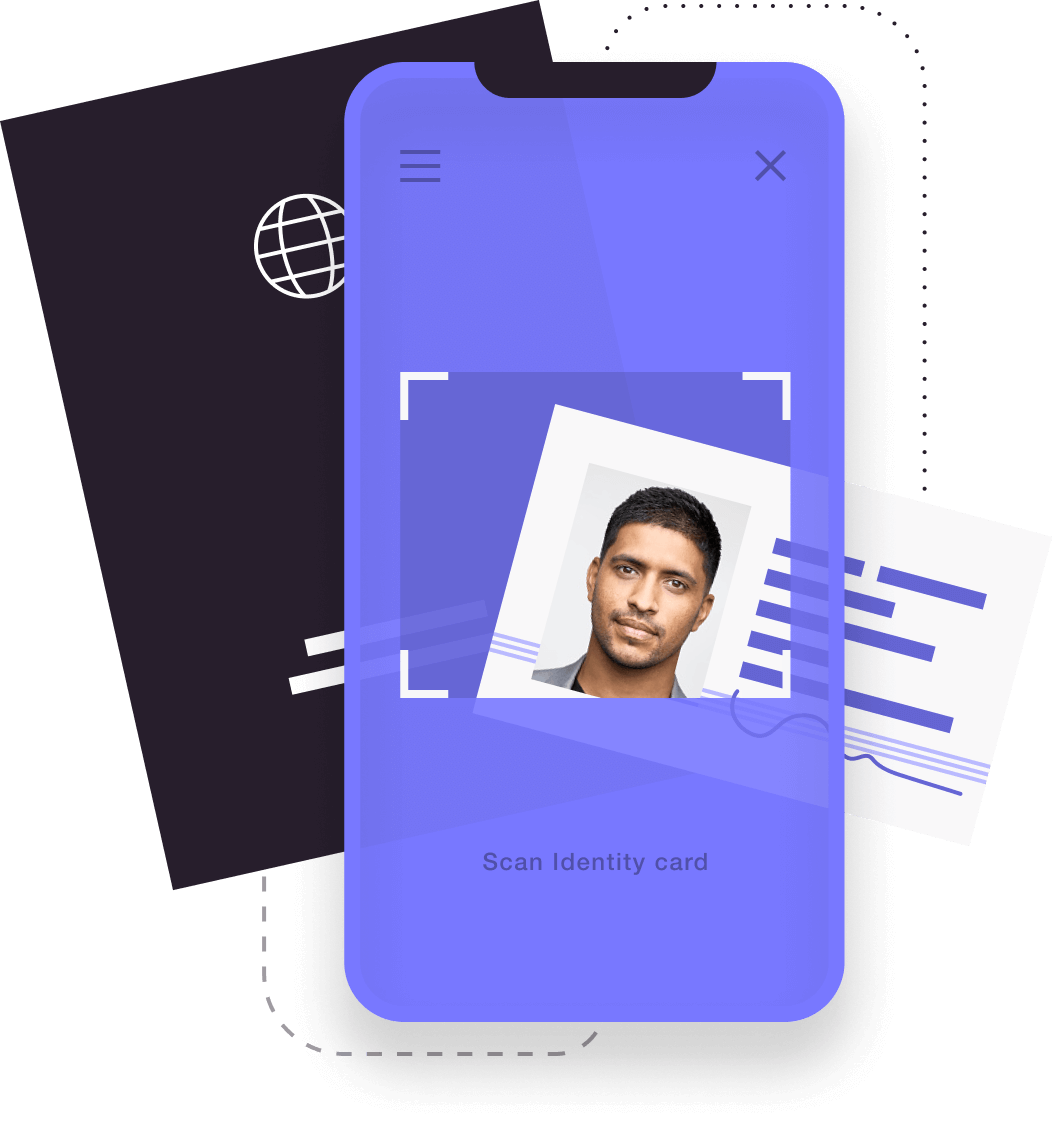
1. Accuracy
Sanity: A number of logic-based checks are performed e.g. the birth date is not in the future. The meta data of the specific document type is also checked to ensure, for example, the issue date of the document is consistent with the dates the document type was in use.
Consistency: The library cross references data to check for consistency. On ICAO passports, for example, it checks the data in the document’s Machine Readable Zone (MRZ) against the data in the rest of the document.
2. Time
The average digital check takes between three and 10 seconds, depending on document type and its security features.
A human reviewer would need to compare a specific document against a known template, checking item by item. This could take as long as 30 minutes and still be prone to human error.
What’s more, not all templates for every document are available for manual checking. Meanwhile, some security features are difficult and time consuming to calculate manually e.g. MRZ check digits.

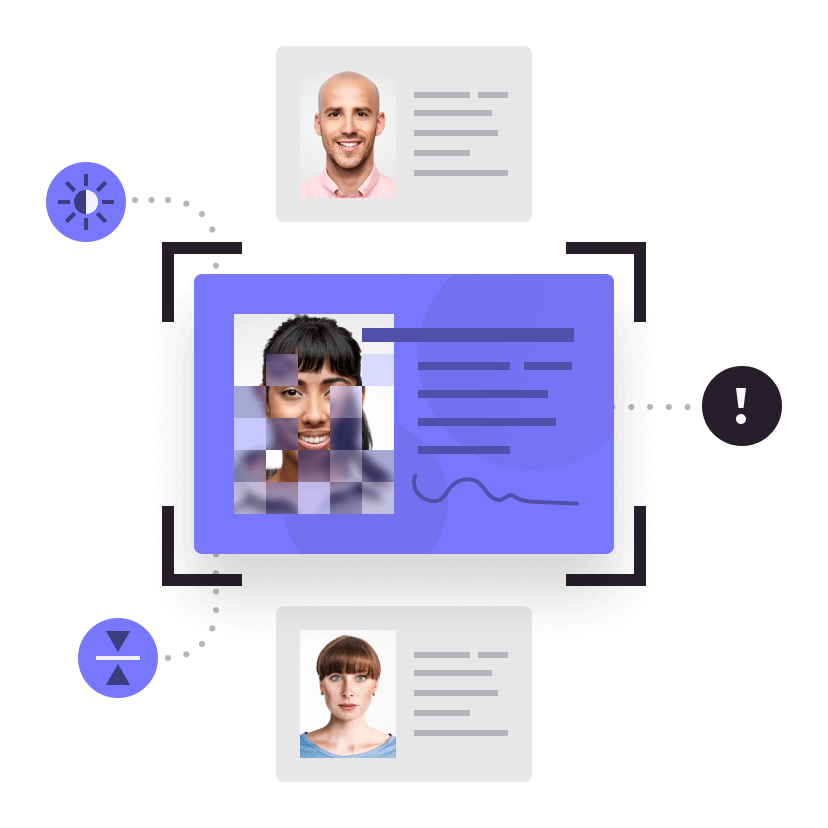
3. Document Tamper Detection
Modifying part of an identity document can take just minutes using software such as Photoshop, and can go undetected by the naked eye.
But digital manipulation leaves behind artefacts that our technology can identify as being inconsistent with a genuine, untampered image.
It uses mathematics and machine learning to automatically detect and localise the parts of an image that have been digitally altered in a way that human reviewers can’t.
4. Cost
Time is Money. Digital document verification has the advantage of being able to process document at rates that far exceed that of an entire team of experts.
Coupled with the fact that servers can run 24-hours-a-day; 7 days a week, a digital document scanning system can process far more cases in a single day than a team of manual operators can in a week.
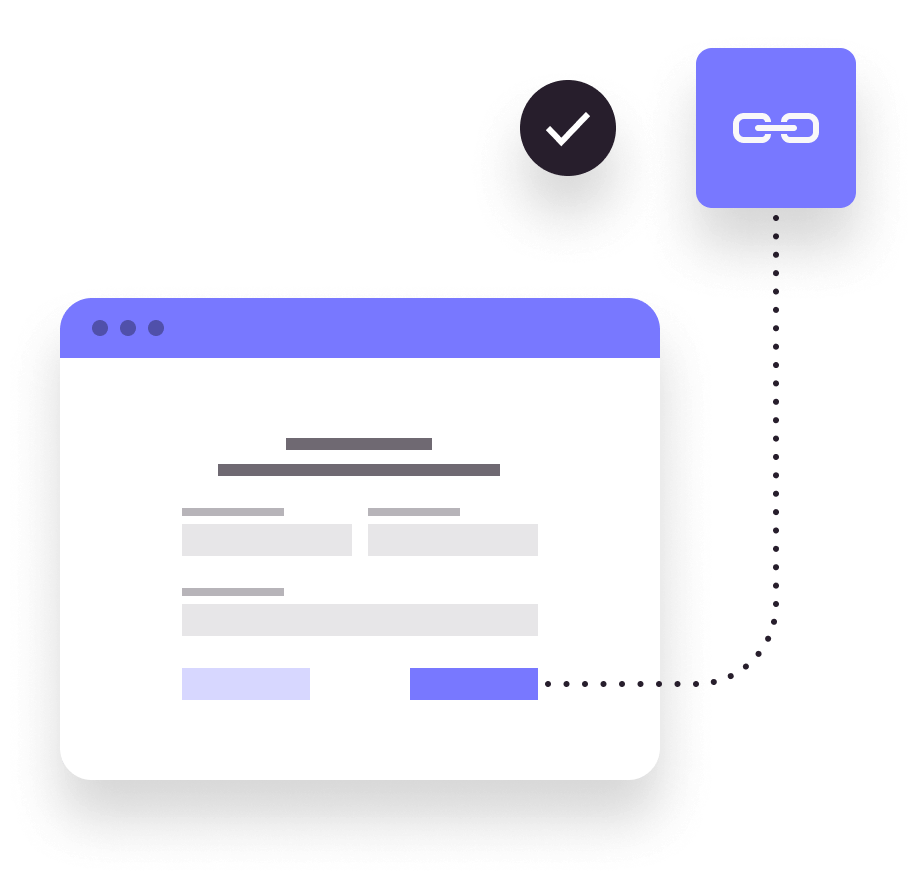
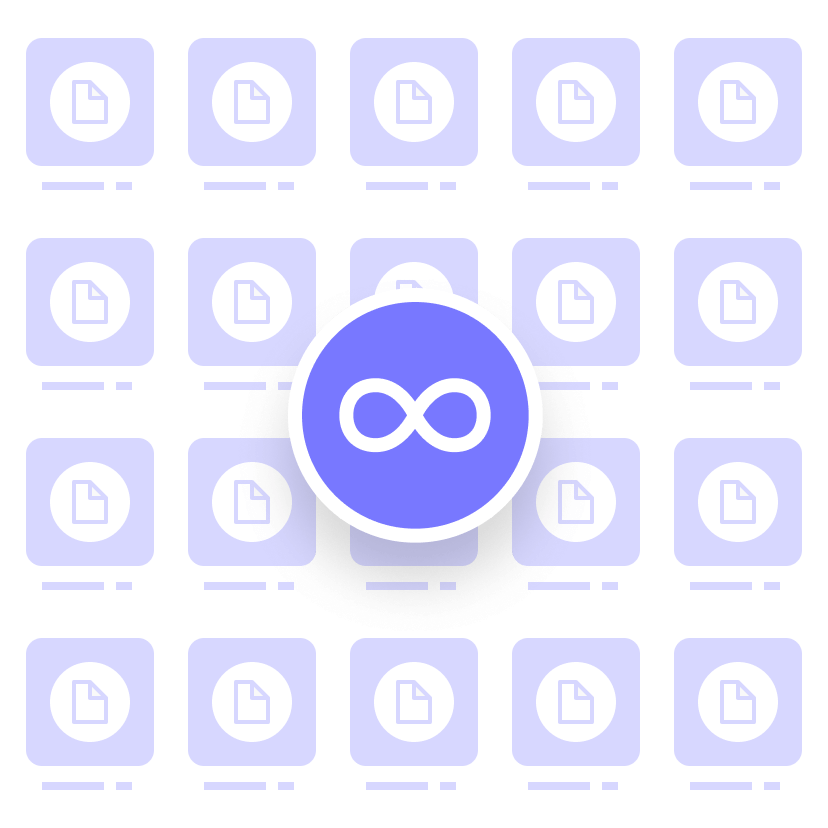
5. Scalability
Manual identity verification is a complex task. Ramping up a compliance team requires substantial investment in staff training. Needless to say, this takes time and makes it difficult for an organisation to scale on demand.
Hosted digital solutions simply do not face this problem as scalability can be automated or triggered with the click of a button.
What’s more, scaling down in slower times is equally possible - unlike manual verification where organisations may find themselves running rich on staff resources when business slows.
6. Availability/uptime
The advent of cloud computing has nearly eliminated system downtime.
Redundant servers, co-located in strategic regional locations minimises the risk of downtime drastically. The same can't be said of manual verification teams that often are required to work in groups and collaborate on a case-by-case basis.
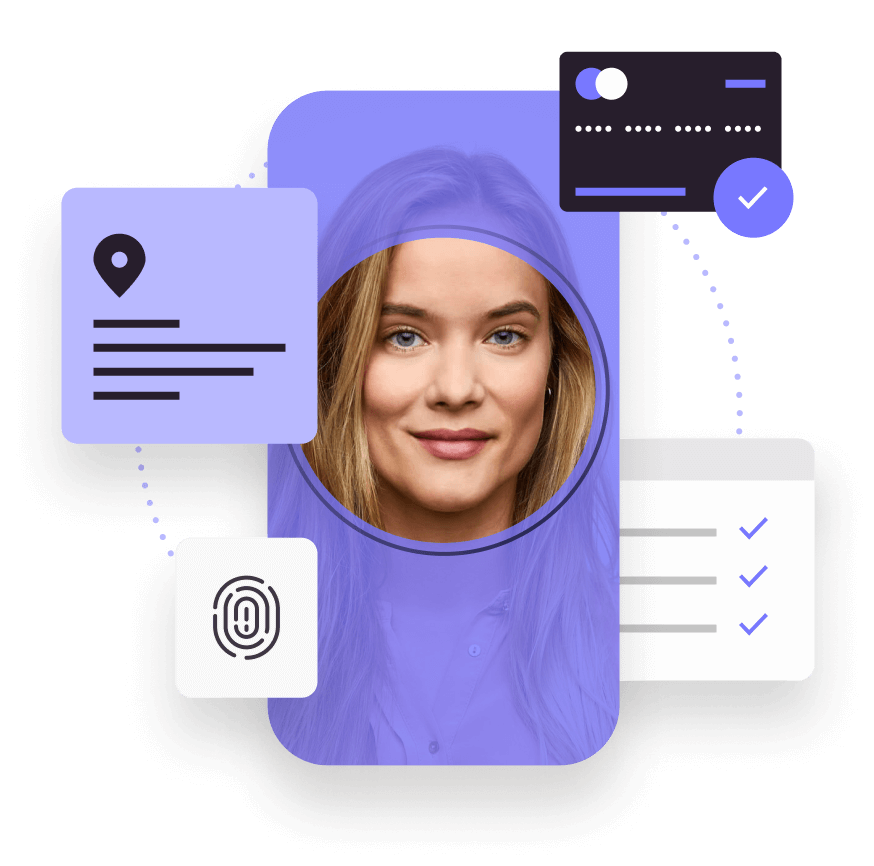

7. Customer Experience
A core aspect of a world-class customer experience is the ability to tailor customer journey according to the needs both or your organisation and your end-user. Digital Identity verification has the ability to make specific determinations in near real-time, resulting in seamless decision making and faster response to the customer.
This saves the customer precious time and leaves them infinitely more satisfied with their onboarding interaction.
8. Fraud Detection
Highly trained document experts with exceptional fraud detection capabilities are a rare breed and in high demand, but even these skills pale in comparison to the exponential learning capabilities of modern digital verification processes.
Unlike human document checkers, machine learning at scale has the ability to learn once and deliver consistently for as long as you need it to.
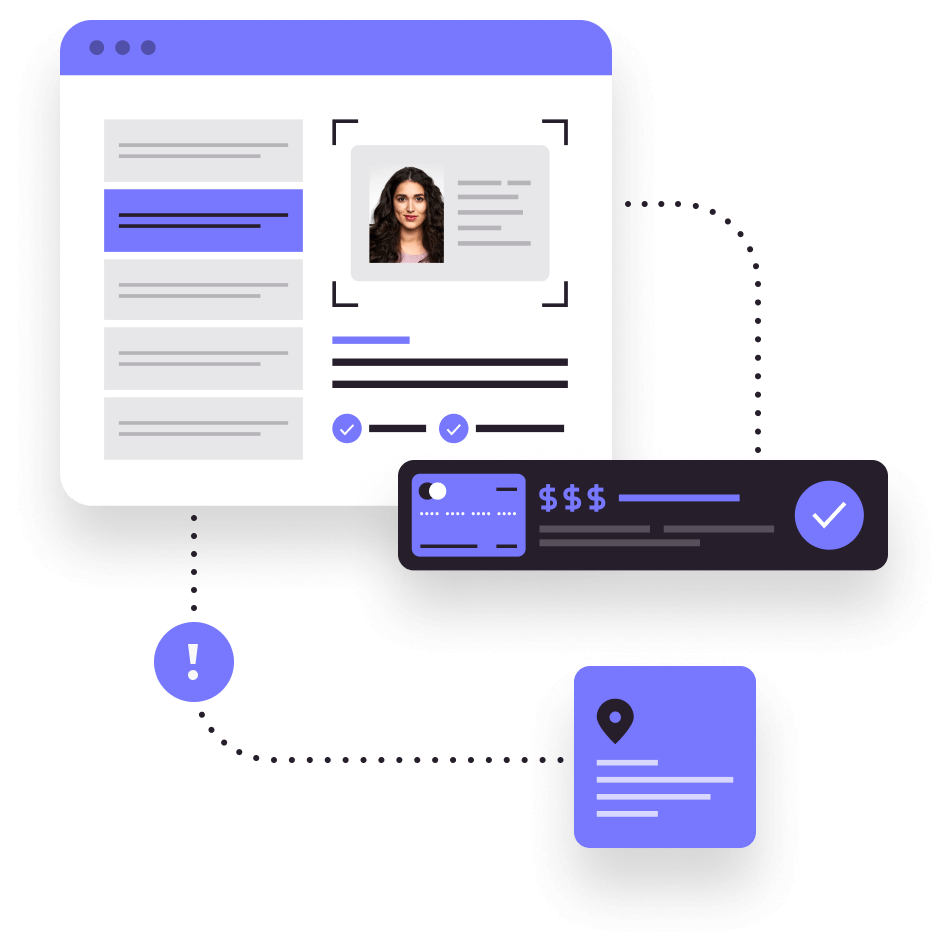

9. Consistency
Identity documents aren’t manufactured with the level of consistency you might expect. Printing alignment, materials, colour variance and document quality are all examples of characteristics you would expect to be consistent.
Unfortunately, government-issued identity documents vary from one batch to the next, with production often assigned to multiple manufacturers. This risk is mitigated by tolerance verification levels baked into digital document checking systems.
Speak to our team
Speak to our team to find out how your organisation can benefit from digital document checking.